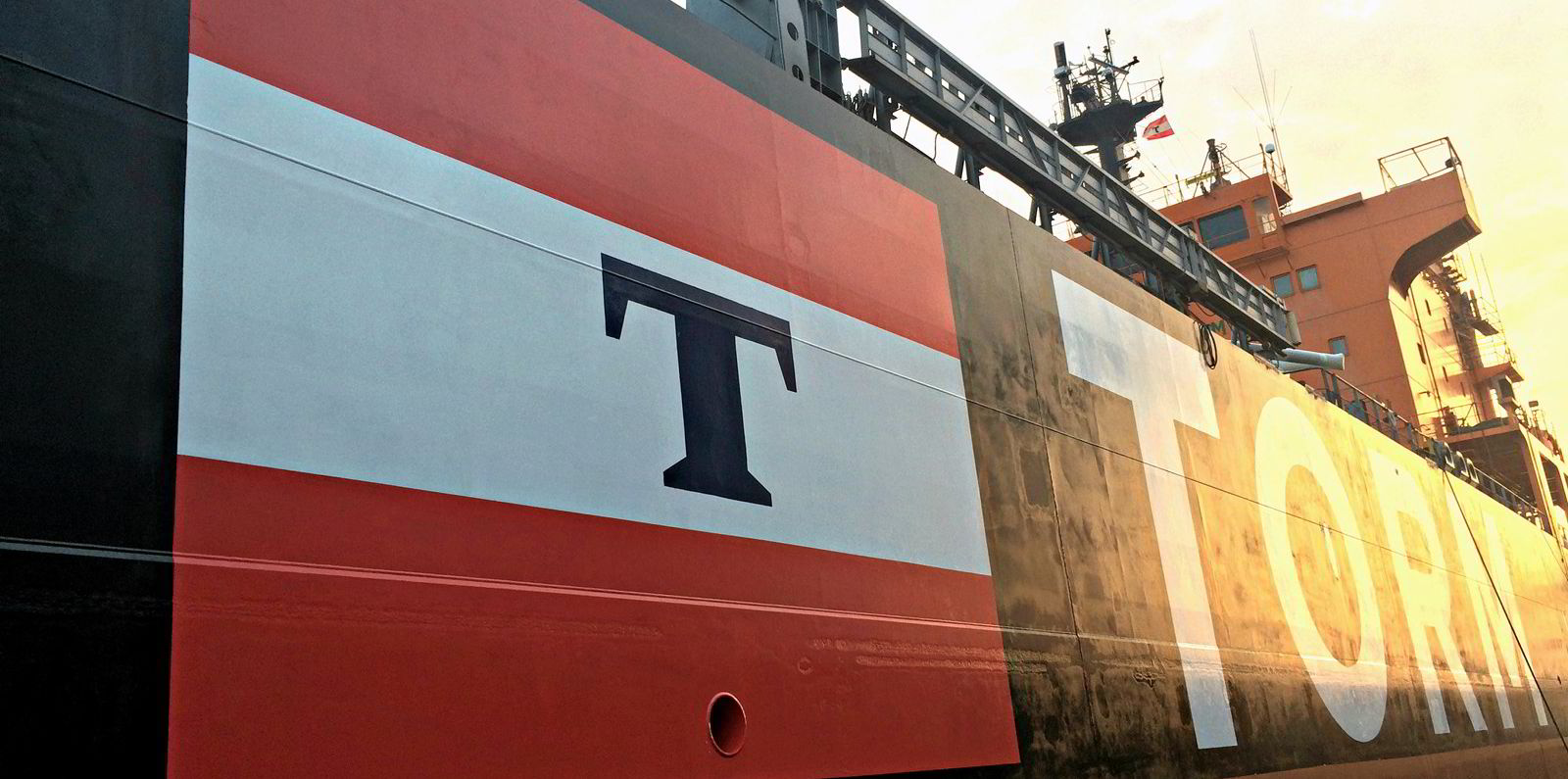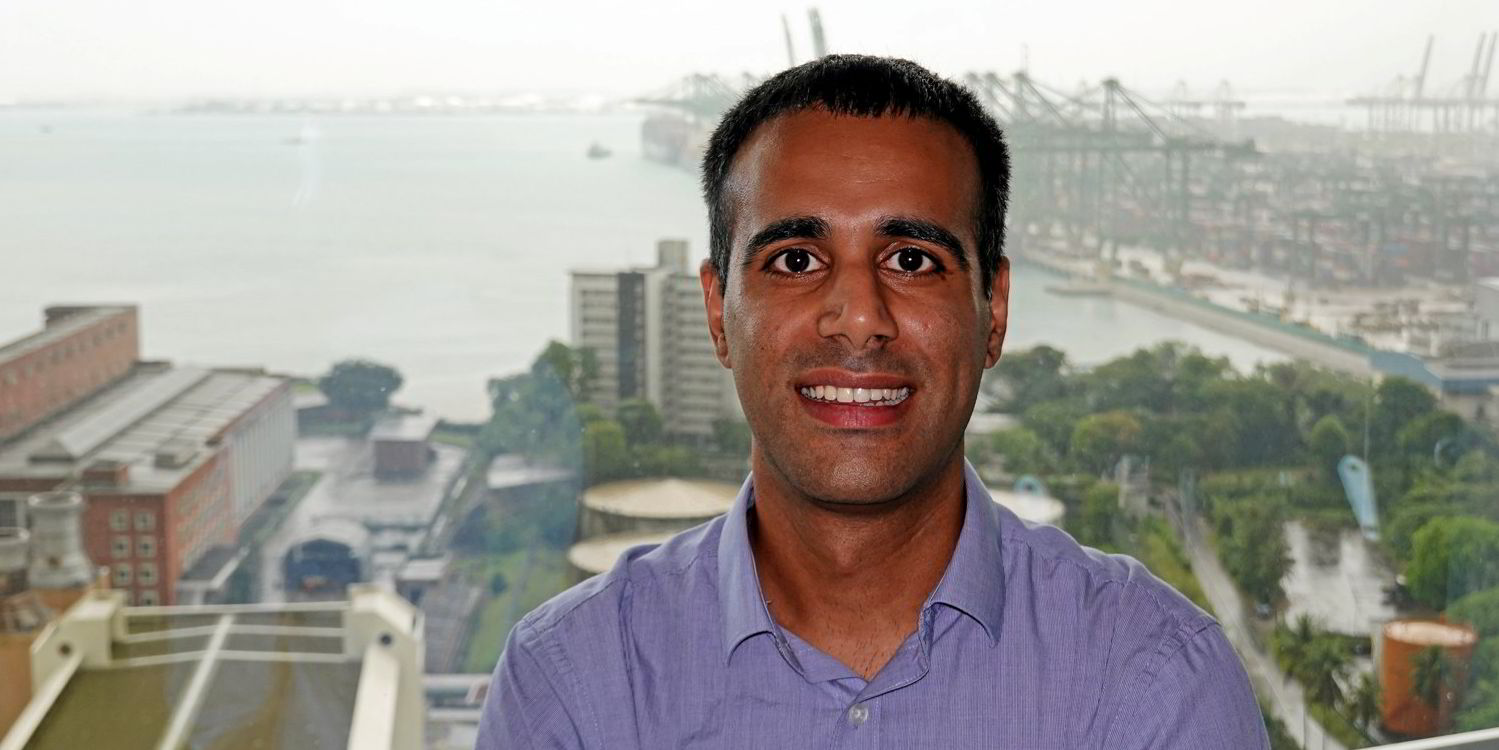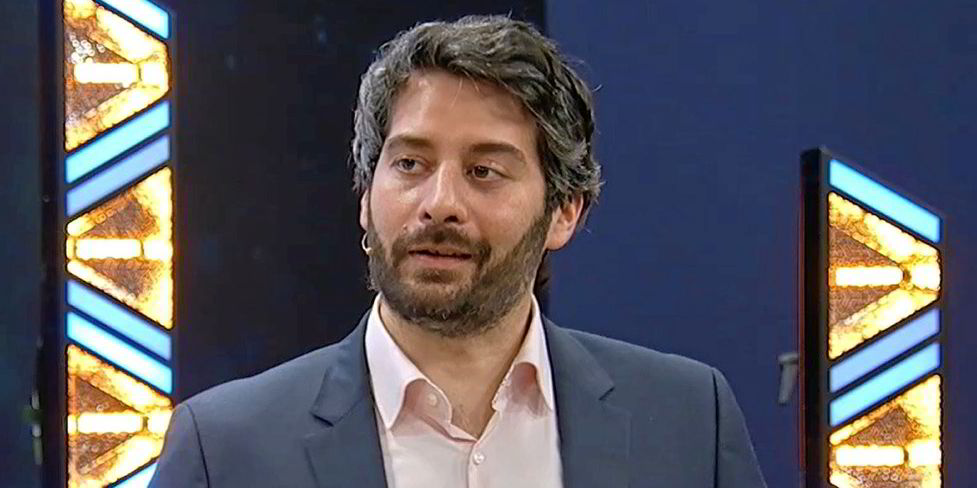It is the little things driving Torm’s decarbonisation efforts.
While the Danish product tanker operator has not made the sort of splashy moves that have earned other shipowners headlines, the company has been able to make considerable progress towards its goals to meet the International Maritime Organization’s 2030 targets by sweating the small stuff.
The result: Torm slashed carbon intensity by 39.6% last year compared to a 2008 baseline.
“It is really a story of many small things,” said Lars Mathiasen, head of commercial decarbonisation.
“To us, short-term decarbonisation is not just a matter of pouring a lot of [capital expenditures] into technologies. It is equally important to get the right behaviour on both the vessel and alignment in the offices.”
He said the company uses weather routing and intends to have performance data on each of its 80 ships by year-end.
But the big impacts, Mathiasen said, came when Torm pushed emissions-cutting performance indicators, which gave decarbonisation efforts “a chance against the dollar”.
He said the company no longer waits until a ship has obvious operational difficulties to look into hull or propeller fouling, with cleaning efforts planned for when ships will be taking on longer port calls.
The company is also not shy about sending a vessel to dry dock during lulls in the market for a five-day hull wash and repainting operations.
And the efforts go even further, with crews being asked to look at everything from seawater cooling pumps, air conditioners and even toilet suction to bring down energy use.
All of that is part of “doing all the small things right”, he said.

“Decarbonisation is a lot more than just ticking boxes on the typical decarb menu,” Mathiasen said.
Despite the positive signs from these short-term efforts, Mathiasen said Torm is not yet ready to advance its net zero by 2050 goal further.
“We are trading our ships on a spot basis, the availability of fuels is, to us, simply too uncertain yet,” he said.
“Which is why we have taken this strategic path to heavily invest in this in the short-term decarbonisation while we are awaiting some clarity on the future fuels.”
The company is testing rotor sails on land but believes it has a seven or eight-year window before it has to make any decisions on its vessels.
“We don’t have a timeline but we can see with the current regulations and our current fleet, given the place where we are on the trajectory, we can operate our fleet safely somewhere to the [early to mid-2030s], Matiasen said.
“Not having to [make a decision] right now in a historic high newbuilding price environment is also what we consider favourable. We actually feel that our early investment and focus on decarbonisation has bought us flexibility at the back end.”





